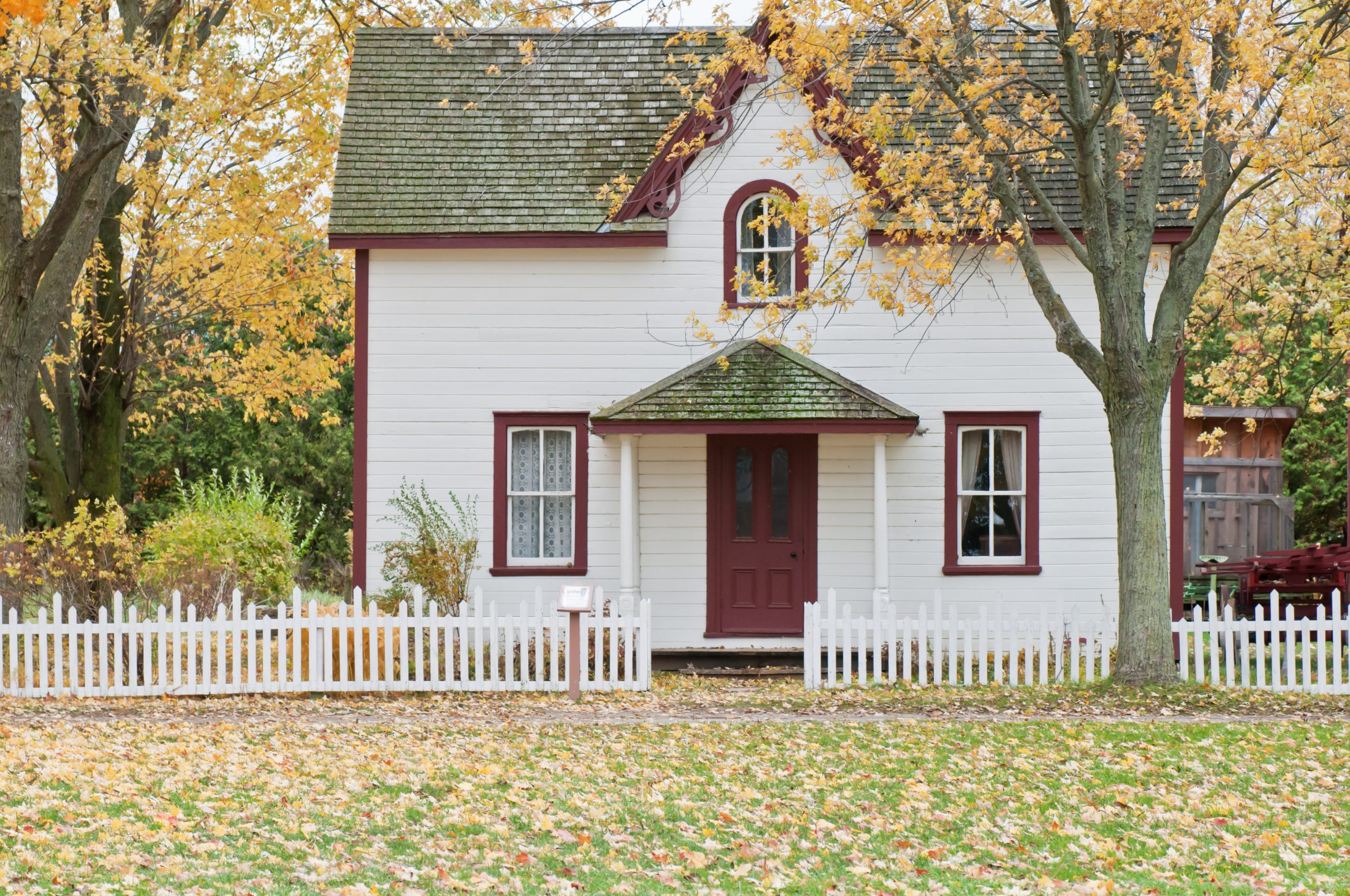What are Private Landlords?
A private landlord is someone who owns rental property that they manage themselves without the help of a property manager or real estate agent. Most private landlords choose to live close to where their rental unit is so they can handle most of the maintenance and repairs themselves. Other private landlords use local contractors or home warranties for maintenance and repairs.
One of the major benefits of becoming a private landlord is the return on your property investment. Think of it this way – you make the initial purchase for an investment property and finance the down payment and closing costs. Then the tenant(s) makes the monthly payments for you by paying you rent. At the end of your mortgage term, you own the property outright. You continue to earn an indefinite stream of monthly income from the property. Some landlords consider rental properties an alternative to collecting a pension or saving money in a 401K.
If you are thinking of becoming a private landlord, here are some helpful steps to do it successfully.
Design A Budget
The very first thing you should do if you are considering becoming a private landlord is to define your level of investment and budget. You may want to recruit a financial advisor to help you figure out how much you can invest in rental property. You will also need reserve funding to cover regular maintenance and unexpected repairs. Additionally, you’ll need extra funds for unexpected vacancy periods for your rental. During any vacancy periods, you should be prepared to continue mortgage payments, but you will also have to cover:
- Property taxes
- Utilities
- Any fees associated with marketing the property
Once you have outlined a budget, you can research current interest rates through various mortgage companies to secure the best financing deal.
Find the Right Property
The most important aspect for many private landlords is finding the right property. How do you determine which properties might be a good investment? Do some research on your own before working with a real estate agent. An agent can help you with a property search after you have narrowed down neighborhoods that are ideal for your tastes and budget.
When researching different areas, you’ll need to determine which neighborhoods will be the most desirable for tenants. This includes evaluating neighborhood characteristics such as:
- The quality of local schools
- The neighborhood crime rate
- Amenities like libraries, parks, and movie theaters
- The quality and quantity of local restaurants
- Access to public transportation
You should also review the current job market in the town or city that you are considering. Tenants are drawn to areas where they are more likely to find good jobs that pay well.
It also helps to check out the existing rental market. Research current rent prices to determine if a comparable property will fit your monthly estimated budget. Is the current vacancy rate in the neighborhood high? If so, you may need to look elsewhere. It doesn’t make sense to buy a rental property that may be sitting empty for lengthy periods. Try to find a highly desirable area where vacancies are scarce.
You should also consider the cost of insurance in the town or city that you are researching. Are the available properties in a flood plain, or an area prone to hurricanes? And don’t forget to investigate property tax rates. Finally, it may help to talk to local residents to see how they feel about the neighborhood. A few good conversations can help you understand the pros and cons of buying a property in the area.
After you have narrowed down your choices, it’s time to find a real estate agent. The agent can schedule tours of the properties you’ve selected. They can also provide insight regarding the neighborhood and the currently available properties to help with your decision.
Understand Local Landlord-Tenant Laws
Prior to finalizing your rental purchase, you should review local laws for landlords and tenants. Every state has laws that protect the rights of both parties. You should familiarize yourself with the terms and laws that will affect your rental. Landlord-tenant laws cover issues such as:
- Grace period requirements for rent payments
- How much you can charge for late fees
- How often you can raise the rent
- Which actions constitute grounds for eviction
- Whether tenants can withhold rent until necessary repairs are completed
Purchase Private Landlord Insurance
After you’ve signed on the dotted line, it’s time to purchase insurance designed to protect you as a landlord. Private Landlord’s insurance is a specific type of policy that protects property owners from financial losses on rentals. These policies typically cover the value of the structure. However, you have the option to include anything else that belongs to you onsite.
Prepare the Property for Tenant Occupancy
Before listing your rental, you should conduct repairs and complete any modifications to the property. This process can include changing locks, cleaning up the yard, and clearing gutters. You should finish any painting projects and ensure that the wiring and plumbing are up to code. Also, inspect any onsite appliances to ensure they are in good working order.
Determine How Much to Charge for Rent
It’s important to set the right price for your rental. If the rent is too high, long vacancy periods can affect the property’s profitability. If your price is too low, you’re leaving money on the table. Research other rentals in the area to see what the going rate is for a comparable apartment or home. It’s crucial to monitor changing market conditions that could impact the amount of rent you can charge.
Draft a Lease Agreement
After you have settled on a monthly rent price, you should draft your lease terms. There are online resources that provide lease agreement templates. Review common rental considerations such as:
- Are pets allowed?
- How do you feel about smoking?
- Can interior rooms be repainted?
- Which utilities are included with the rent?
- Who pays for yard maintenance?
You will also need to specify how much of a security deposit you require, and how long the initial lease term will be. Choose which day of the month the rent is due. Identify any late rent fees or penalties that should be covered in the lease. Another important question to consider is how to collect the rent. Many tenants would probably prefer to pay rent through an online service like PayRent.
The traditional method of receiving rent payments in the mail is time-consuming and a bit outdated. We currently live in a digital age where payments of any type can be automated. When you choose an online service to manage rent payments, there are many perks. For instance:
- Automated email rent reminders to tenants
- Tenants can set up recurring payments
- Automated late fees attached to the tenant account
- Landlords can download transaction history via Excel
Additionally, PayRent offers tenants the flexibility to pay rent with cash (via an ACH link to their bank account) or with a credit card. Whichever payment process you choose, the details should be spelled out in the lease.
Market the Rental Property
Now that the unit is ready and the lease agreement finalized, it’s time to market the property. You can list your rental on various property search websites such as:
- Realtor.com
- Zillow.com
- Apartments.com
- Craigslist
You can also list your property in the local newspaper, on Facebook Marketplace, or via Nextdoor. Some landlords choose to work with a real estate agent to market their rental property. If you go this route, you’ll have to pay the agent a listing fee.
Screen Prospective Tenants
Make sure you have a simple and efficient application process. Most private landlords charge an application fee to run a credit and background check. Alternately, you can use an online screening service. Carefully vetting prospective tenants increases your chance of securing a reliable renter. It’s in your best interest to secure a tenant who pays their rent on time and will take good care of the property. In evaluating applicants, you can also ask for personal references if you feel it’s necessary.
Signing the Lease Agreement
After you’ve selected a tenant, arrange a time to meet with them in person to go over the lease terms. Request that they bring the security deposit to this meeting, at which time you can explain how the rent will be paid.
After the lease is signed, meet the tenant at the property to do a thorough walk-through. Landlord and tenant should initial any notes regarding existing structural wear-and-tear such as fading carpets or hardwood floor scratches. You should both receive a signed copy of the lease after the walk-through.
A Final Note
Now that the property has been rented, make sure to follow existing laws regarding landlord responsibilities. If the tenant calls with any concerns, respond promptly and courteously. Honor the tenant’s personal space by not stopping by for surprise visits. If you need access to the rental for any reason, provide at least 24 hours’ notice.
The key to success for many private landlords will be finding a great property in a desirable neighborhood and maintaining a good landlord-tenant relationship.










